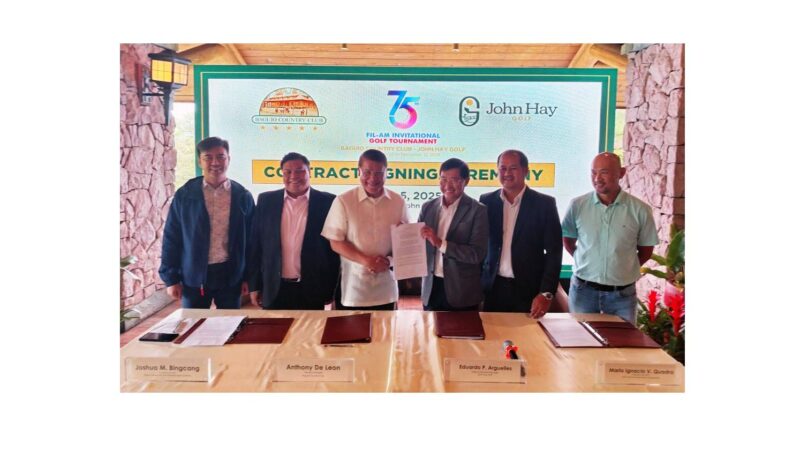Capacity of Baguio sewage treatment plant to increase by 40 percent

The city’s Local Finance Committee (LFC) reported that the multi-billion Baguio Resilient City Tourism Project (BRCTP) will translate to approximately forty percent increase in the prevailing treatment capacity of the Baguio sewage treatment plant after the completion of the 5-year project.
City Budget officer lawyer Leticia O. Clemente stated that the BRCTP which will be funded by a $62.48 billion or more than P3.7 billion loan that will be obtained from the Asian Development Bank (ADB) will develop a plan for the so-called co-treatment of sewage and septage with a designed capacity of 12,000 metric tons per day using biological treatment technology in the existing Balili sewage treatment plant site.
Currently, the Baguio sewage treatment plant has a treatment capacity of up to 8,600 metric tons per day aside from having existing connections of more than 10,50 households and has an existing septage that contains 20 metric tons per day.
On the other hand, the proposed improved treatment plant can cater to additional connections of up to 6,500 households and will include a co-treatment facility of septage with a capacity of 80 metric tons per day.
Clemente claimed that once completed, the new sewerage treatment plant can cater to more than 17,000 household connections or around 33.5 percent of the population of the barangays along the Balili river and its tributaries in 2035 apart from an increase of 400 percent from the current capacity to treat the septage production from the entire city.
According to her, only 10,500 households are connected to the existing sewerage treatment plant which is way below the 104,000 households or some 370,870 individuals representing the city’s latest population.
However, the city budget officer admitted that despite the presence of various provisions of Ordinance No. 18, series of 2016 or the city’s Environment Coe on the sewage fees that must be paid by residents to the city, there is no billing mechanism where households connected to the sewer line do not pay for the services that they are availing. Only commercial establishments pay once a year when renewing their business permits.
She added that the local government currently subsidizes P48 to P62 million annually considering the gap between the capital expenditures and operational expenditures related to maintaining sanitation service, and revenues collected from sewer fees.
For the year 2021, Clemente emphasized that sewer fees of more than P19 million were collected from 7,089 business operators as per the report of the City Treasury Office yet as per study of EGIS, the current sewerage treatment plant has some 10,500 legal connections. – Dexter A. See







